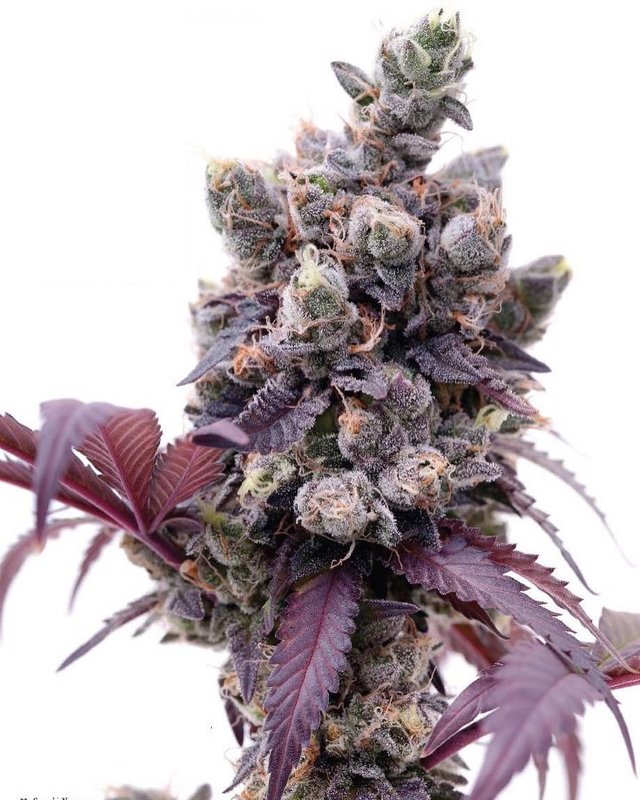Aspen replicates both by seeds and by root sprouts, however growing is the most widely recognized and fruitful type of propagation. Aspen creates little blossoms, on catkins that are 1-2 inches in length. These blossoms are delivered in the late-winter before the leaves develop on the trees. Aspen is dioecious, with male and female blossoms ordinarily borne on independent trees. The catkins produce little organic product that split to deliver heaps of small, cottony seeds that are scattered by the breeze. Germination happens inside two or three days of dispersal gave the seeds arrives at an appropriate damp seedbed. Not many aspen seedlings get by in nature because of the brief timeframe a seed is feasible, absence of dampness during seed dispersal, growths, unfriendly day/night temperature changes, and negative soil conditions.
Aspen is noted for its capacity to recover vegetatively by shoots and suckers emerging along its long sidelong roots. Root growing outcomes in numerous hereditarily indistinguishable trees, in total called a "clone". All the trees in a clone have indistinguishable attributes and offer a root structure. The individuals from a clone can be recognized from those of a neighboring clone regularly by an assortment of attributes, for example, leaf shape and size, bark character, spreading propensity, protection from infection and air contamination, sex, season of flushing, and fall leaf shading. A clone may turn shading prior or later in the fall or display an alternate fall shading variety than its neighboring aspen clones, in this manner giving a way to reveal to them separated. Aspen clones can be not exactly a section of land and up to 100 sections of land in size. There can be one clone in an aspen forest or there can be many.

As aspen stands develop, they may start to disintegrate as openings in the woodland shade are left by biting the dust trees. Regularly, in the West, aspen is supplanted by conifers without unsettling influence. On dryer locales, aspen may return to rangeland overwhelmed by bushes, forbs, and grasses. Notwithstanding, root suckering will by and large happen in the aspen remains as they decay or as they are upset by fire or different occasions. At the point when an aspen tree passes on or as light opens up from openings, synthetic signs from the tree to the roots invigorate new fledglings to begin developing. Through this regrowth, an aspen clone generally lives any longer than its individual trees. Despite the fact that singular aspen trees are not old, aspen clones can be several years of age.
The biggest and most established realized aspen clone is the "Pando" clone on the Fishlake National Forest in southern Utah. Otherwise called the "Shaking Giant", it is a clonal province of an individual male shuddering aspen resolved to be a solitary living being by indistinguishable hereditary markers and accepted to have one gigantic underground root framework. It is more than 100 sections of land in size and gauges in excess of 14 million pounds. That is in excess of multiple times the heaviness of the biggest creature, a blue whale. It has been matured at 80,000 years, albeit 5-multi year-old clones are more normal.
###would you like to add some points ?
###then comment and also [Follow me]
https://steemit.com/@cloneslosangeles